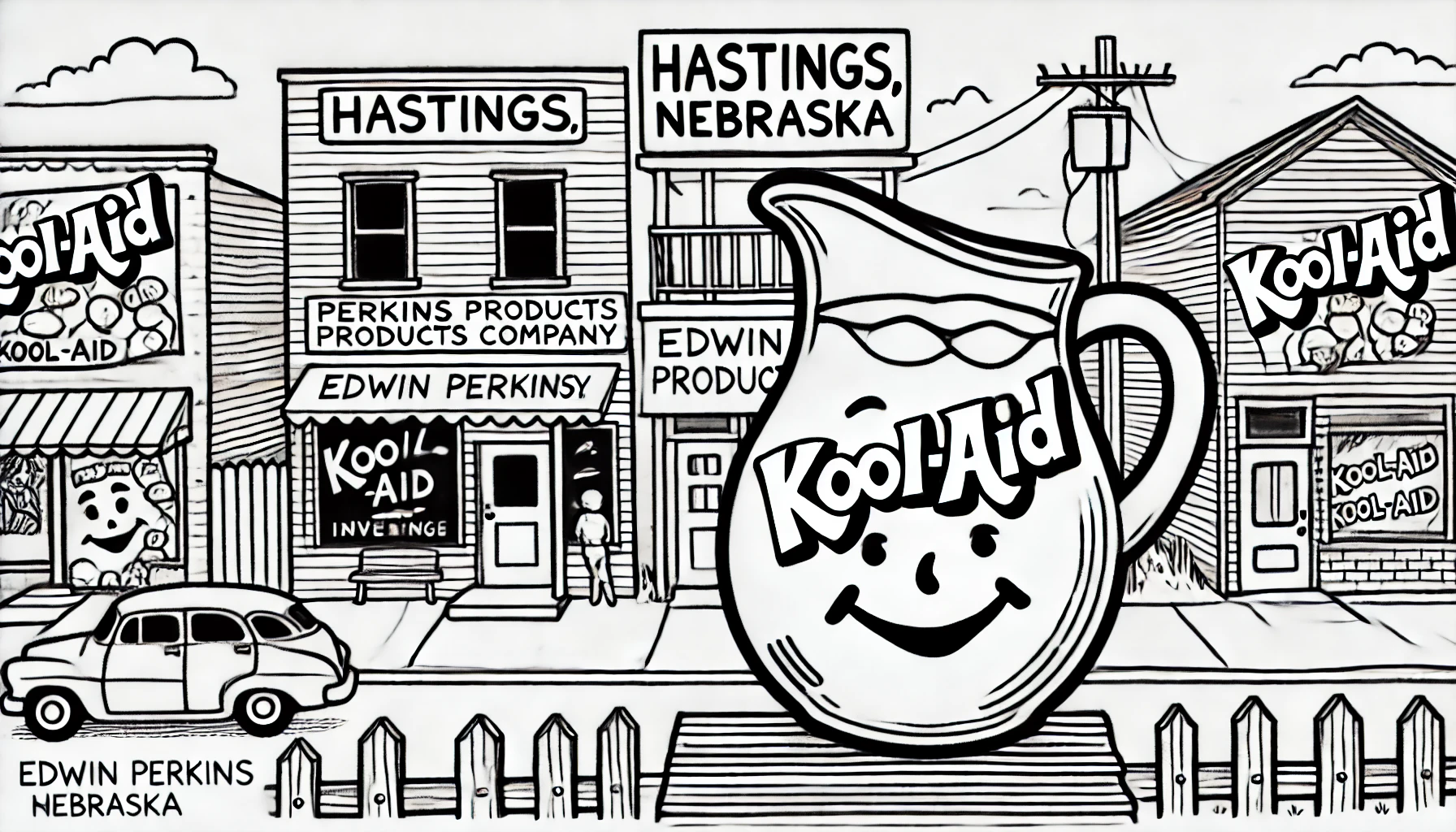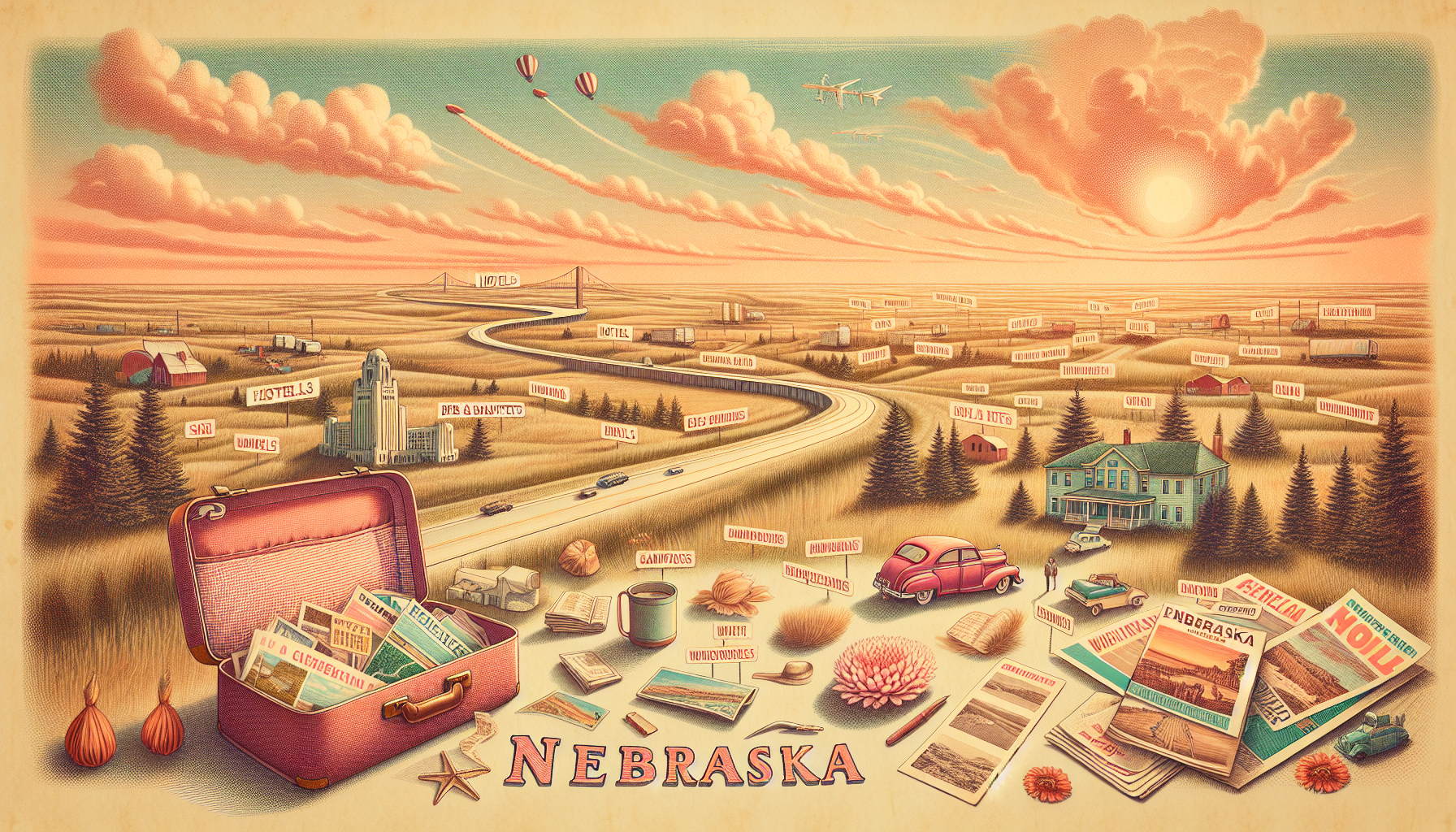Badlands Formation in Nebraska Geology

Traveling through Nebraska, one of the most striking geological formations that one can encounter is the Badlands Formation. This unique landscape is a testament to the complex geological processes that have shaped the Great Plains over millions of years. The Badlands Formation, also known as the Blancan Badlands, spans across western and central Nebraska, covering areas such as the Sandhills, Badlands State Recreation Area near Crawford, and the Toadstool Park near Harrison.
The Badlands Formation is an example of a Late Miocene to Early Pliocene geological formation, characterized by the presence of distinctive deposits of fossil-rich volcanic ash, sand, gravel, and siltstone. These deposits were formed as a result of the extensive volcanic activity that took place in the western United States during this period. The ash and other materials were carried by the prevailing westerly winds and deposited in the Great Plains region, forming a vast network of drainage channels and valleys that would eventually become the Badlands. One notable example of this volcanic ash is the presence of abundant quantities of Paleogene-era volcanic ash in the Ashfall Fossil Beds State Historical Park near Royal.
The Badlands Formation is of particular interest to paleontologists, as it contains an exceptionally well-preserved fossil record of ancient animals such as horses, camels, and mammoths. The fossilized remains of these creatures, often found in exquisite detail, provide valuable insights into the evolution and migration patterns of North American fauna. The University of Nebraska State Museum, located in Lincoln, houses an impressive collection of these fossils, which were excavated from various sites throughout the Badlands Formation.
From a geological perspective, the Badlands Formation is characterized by its unique combination of lithological and structural features. The formation consists of alternating layers of volcanic ash, siltstone, and sand, which have been eroded and dissected over time to create the distinctive badlands terrain. This terrain is marked by the presence of steep-sided hills, ravines, and gulches, which have been sculpted by the relentless action of wind and water erosion. The Pinnacles Overlook near Ogallala offers a breathtaking view of this unique landscape.
In addition to its geological significance, the Badlands Formation also plays an important role in the local ecosystem. The formation provides a habitat for a diverse range of plant and animal species, many of which are adapted to the unique conditions of this environment. The fragile sandstone cliffs of the Scott's Bluff National Monument near Gering are home to a variety of raptors and songbirds, which nest in the natural rock crevices.
Despite its scientifically and aesthetically significant nature, the Badlands Formation is under increasing threat from human activities such as agriculture, urbanization, and tourism. Efforts are being made to conserve and manage these unique natural resources, including the establishment of protected areas such as the Sandhills State Recreation Area near Ainsworth.
In summary, the Badlands Formation is an extraordinary example of geological and paleontological significance, offering a unique insight into the history of the Great Plains region. For those interested in nature and wildlife, a journey through this fascinating landscape is an unforgettable experience that provides a glimpse into a complex and ever-changing geological past.
Badlands topography and the evolution of climate and species continue to shape our understanding of this unique region in the State of Nebraska.
The Badlands Formation is an example of a Late Miocene to Early Pliocene geological formation, characterized by the presence of distinctive deposits of fossil-rich volcanic ash, sand, gravel, and siltstone. These deposits were formed as a result of the extensive volcanic activity that took place in the western United States during this period. The ash and other materials were carried by the prevailing westerly winds and deposited in the Great Plains region, forming a vast network of drainage channels and valleys that would eventually become the Badlands. One notable example of this volcanic ash is the presence of abundant quantities of Paleogene-era volcanic ash in the Ashfall Fossil Beds State Historical Park near Royal.
The Badlands Formation is of particular interest to paleontologists, as it contains an exceptionally well-preserved fossil record of ancient animals such as horses, camels, and mammoths. The fossilized remains of these creatures, often found in exquisite detail, provide valuable insights into the evolution and migration patterns of North American fauna. The University of Nebraska State Museum, located in Lincoln, houses an impressive collection of these fossils, which were excavated from various sites throughout the Badlands Formation.
From a geological perspective, the Badlands Formation is characterized by its unique combination of lithological and structural features. The formation consists of alternating layers of volcanic ash, siltstone, and sand, which have been eroded and dissected over time to create the distinctive badlands terrain. This terrain is marked by the presence of steep-sided hills, ravines, and gulches, which have been sculpted by the relentless action of wind and water erosion. The Pinnacles Overlook near Ogallala offers a breathtaking view of this unique landscape.
In addition to its geological significance, the Badlands Formation also plays an important role in the local ecosystem. The formation provides a habitat for a diverse range of plant and animal species, many of which are adapted to the unique conditions of this environment. The fragile sandstone cliffs of the Scott's Bluff National Monument near Gering are home to a variety of raptors and songbirds, which nest in the natural rock crevices.
Despite its scientifically and aesthetically significant nature, the Badlands Formation is under increasing threat from human activities such as agriculture, urbanization, and tourism. Efforts are being made to conserve and manage these unique natural resources, including the establishment of protected areas such as the Sandhills State Recreation Area near Ainsworth.
In summary, the Badlands Formation is an extraordinary example of geological and paleontological significance, offering a unique insight into the history of the Great Plains region. For those interested in nature and wildlife, a journey through this fascinating landscape is an unforgettable experience that provides a glimpse into a complex and ever-changing geological past.
Badlands topography and the evolution of climate and species continue to shape our understanding of this unique region in the State of Nebraska.
